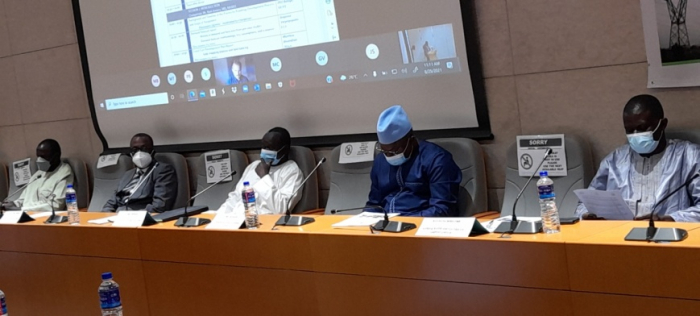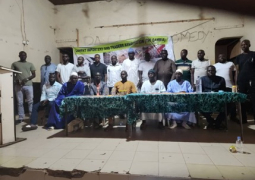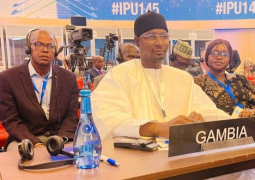
“The key highlight of this roadmap is the ambiguity of the Gambia government in providing universal access to electricity by 2025. The objective of this strategic roadmap is to serve as a reference for all stakeholders,” he said.
MD Juwara was speaking during the opening of a two-day validation ceremony organised by the Ministry of the Petroleum and Energy in collaboration with the National Water and Electricity Company Limited (NAWEC) held at Sir Dawda Conference Centre in Bijilo.
The validation seeks to present the strategic electricity roadmap document including all preparatory studies, in order to obtain feedback from stakeholders on the strategies pathway for the electricity subsector from 2021-2040.
Mr. Juwara further said that already, significant progress has been made to achieve this roadmap as funding for the electrification of over 685 communities countrywide from 2021 to 2023, which is now available through the support of their development partners.
He further stated that the roadmap is the least cost of investment plan to ensure that electricity is accessible and affordable.
“As we are all aware, energy cost in The Gambia is relatively high due to the method of power generation facilities,” he said, adding that another important element of the roadmap is regional connectivity to harness the energy potentials within the sub-region through West Africa Power Pool (WAPP) energy market initiative.
For his part, Fafa Sanyang, minister for Petroleum and Energy, noted that providing access to electricity to support inclusive and sustainable socio-economic development is one of the pivotal cornerstones of the government’s priorities as articulated in the energy sector policies and strategies as highlighted in the National Development Plan.
According to him, the strategic electricity subsector roadmap has three key messages with one of them being that the president’s ambitious 2025 universal access to electricity target is an achievable goal for The Gambia.
“Currently we have expensive donor-financed electrification project on-grid electricity to 685 communities across all regions in the country by 2023,” he revealed.
He added that competitively procedured solar energy IPPs, and imports from the West African Power Pool are two clear least cost sources of electricity supply for the Gambia.
Mr. Sanyang revealed that achieving the goals set out in the roadmap require institutional strengthening, particularly driving the reform process for NAWEC to become an operationally efficient and financially viable company to attract both public and private investment in the electricity sub-sector.
Read Other Articles In Headlines
Navigating parenthood: Struggles of single mothers in Gambia
Jun 6, 2023, 11:32 AM




